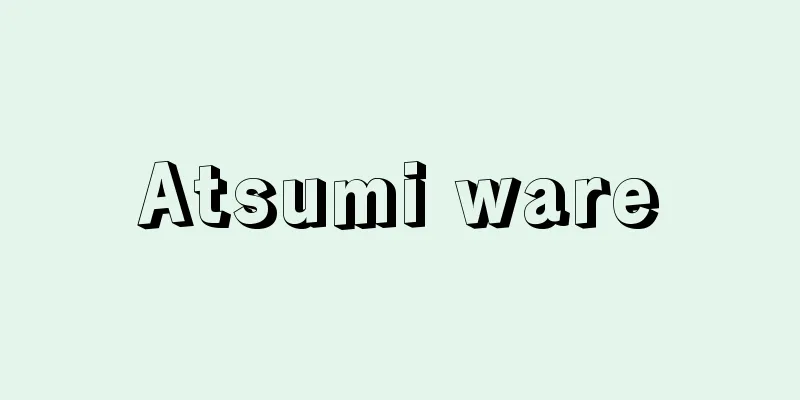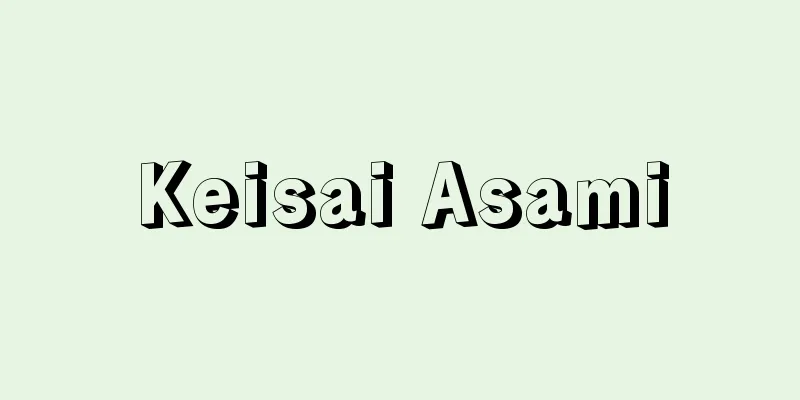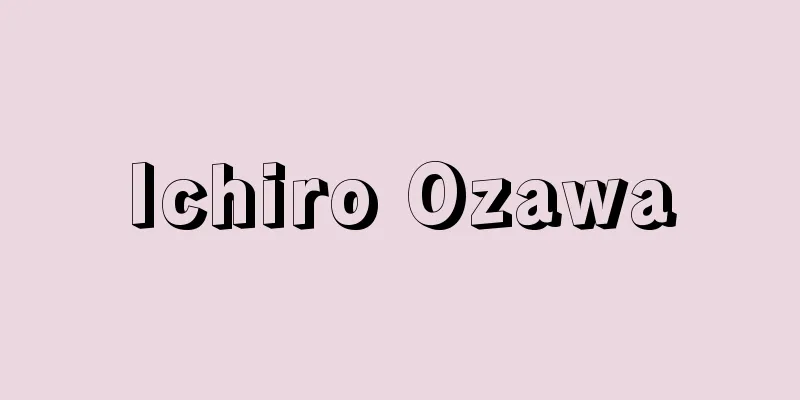The Museum of Modern Art, Kamakura & Hayama

|
Located in Kamakura City, Kanagawa Prefecture and Hayama Town, Miura County, this is Japan's first public modern art museum. It opened in 1951 (Showa 26) within the grounds of Tsurugaoka Hachimangu Shrine in Kamakura City. Until around 1980, it was also officially known as the "Kamakura Museum of Modern Art." Hijikata Teiichi served as the first deputy director and second director, and built the foundations of the museum over the course of about 30 years since its opening. Sakakura was selected to design the building in a design competition between five architects: Sakakura Junzo, Maekawa Kunio, Yoshimura Junzo, Taniguchi Yoshiro, and Yamashita Toshiro (1888-1983). In 1999, the museum was selected as one of Japan's "Top 20 Modern Buildings" by DOCOMOMO (Documentation and Conservation of buildings, sites and neighborhoods of the Modern Movement), an international organization that aims to investigate, evaluate, and preserve modern architecture, and has earned a high reputation as an architectural work (designated an Important Cultural Property of Japan in 2020). In 1966, a new glass-roofed building designed by Sakakura was added. In 1984, the Kamakura Annex, designed by Masato Otaka, opened, and in 2003, the Hayama Museum opened in Hayama Town. In 2016, the Kamakura Museum (Main Building and New Building) closed due to deterioration (the Main Building was reopened as the "Kamakura Bunkakan Tsuruoka Museum" by Tsurugaoka Hachimangu Shrine in 2019). Since then, the museum has operated from the Hayama Museum and the Kamakura Annex. After opening with the "Cézanne, Renoir" exhibition in 1951, the museum has focused on planning exhibitions, with about 10 exhibitions per year. As Hijikata was the creator of the National Council of Art Museums, this management method was called the "Kamachi Method" and spread to public art museums throughout the country. Since the museum's opening, the planning exhibitions focused on the position of modern art in Japan, such as the "150 Years of Modern Japanese Western Painting" exhibition (1966), but after the "Paul Klee" exhibition in 1969, efforts have also been made to introduce modern and contemporary art from around the world. The unique management style of co-hosting large-scale exhibitions planned overseas with newspapers and touring them began to take root nationwide with the "Klee" exhibition and the "Edward Munch" exhibition in the following year, 1970. Furthermore, the catalog for the "Klee" exhibition was the first full-scale catalog in Japan to include images of all 191 of Klee's works, as well as essays, a chronology, and bibliographies, and it influenced the format of subsequent exhibition catalogs. Although it started as a museum without a collection, it now houses approximately 15,000 pieces (as of 2021), including works by Koga Harue and Matsumoto Shunsuke. This includes a collection of 600 contemporary Chinese prints donated by Uchiyama Kakitsu (1900-1984), who worked with Lu Xun to popularize woodblock printing in China. [Washida Meruro December 14, 2021] [References] | | | | | | | |Source: Shogakukan Encyclopedia Nipponica About Encyclopedia Nipponica Information | Legend |
|
神奈川県鎌倉市および三浦郡葉山町にある日本最初の公立の近代美術館。1951年(昭和26)鎌倉市の鶴岡八幡宮境内に開館した。1980年ごろまでは、「鎌倉近代美術館」の名称も公式に用いていた。初代の副館長、2代目館長に土方定一(ひじかたていいち)が就き、開館から約30年間にわたって美術館の土台を築いた。建物は、坂倉準三、前川国男、吉村順三、谷口吉郎、山下寿郎(としろう)(1888―1983)の5名による設計競技で坂倉が選ばれ、設計した。1999年(平成11)、近代建築の調査、評価、保存を目的とする国際組織DOCOMOMO(Documentation and Conservation of buildings, sites and neighborhoods of the Modern Movement)によって日本の「近代建築20選」に選ばれるなど、建築としての評価も高い(2020年、国の重要文化財に指定)。1966年に坂倉の設計によるガラスばりの新館が増築されている。また、1984年大高正人(まさと)設計による鎌倉別館が、2003年(平成15)には葉山町に葉山館が開館した。2016年、老朽化に伴い、鎌倉館(本館・新館)は閉館した(本館は2019年、鶴岡八幡宮により「鎌倉文華館 鶴岡ミュージアム」として新たに開館)。以降、葉山館、鎌倉別館の2館で活動している。 1951年「セザンヌ、ルノワール」展で開館した後、年間約10本という企画展を中心とする運営を行った。土方が全国美術館会議の生みの親であったこともあり、この運営方式は「鎌近方式」とよばれ、全国の公立美術館に広がった。企画展は開館以来「近代日本洋画の150年」展(1966)など日本における近代美術の位置づけに重点が置かれていたが、1969年の「パウル・クレー」展以降、世界の近現代美術の紹介にも力が入れられるようになった。海外で企画された大型展を新聞社と共催し巡回させる独特の運営形式も、この「クレー」展、翌1970年の「エドワルド・ムンク」展などから全国に定着し始めた。 また、「クレー」展のカタログは、191点の全作品図版を掲載し、論考、年譜、文献などを備えた、日本で初めての本格的なカタログであり、その後の展覧会カタログの形式に影響を与えた。 当初はコレクションをもたない美術館としてスタートしたが、古賀春江、松本竣介(しゅんすけ)の作品など約1万5000点(2021年現在)の作品を収蔵する。そのなかには、魯迅(ろじん)とともに中国で木版画の普及に尽力した内山嘉吉(かきつ)(1900―1984)の寄贈による600点に及ぶ現代中国版画のコレクションも含まれる。 [鷲田めるろ 2021年12月14日] [参照項目] | | | | | | | |出典 小学館 日本大百科全書(ニッポニカ)日本大百科全書(ニッポニカ)について 情報 | 凡例 |
<<: Kanagawa Prefectural Youth Center Hall
>>: Jinchuan (English spelling)
Recommend
Stockpile - Bichiku (English spelling)
Stockpiling energy, food, raw materials, etc. in p...
Uranometria - Uranometria
...The Italian navigator A. Vespucci's book &...
Purchase right - purchase right
…If there is an objection to the expropriation de...
Target
[1] Suffix: Used to refer to a person's name, ...
Return to blue
A blue cobalt pigment used in blue and white dyein...
Chamaeleo chamaeleon (English spelling) Chamaeleochamaeleon
...General term for reptiles belonging to the Cha...
Vorfrage
…It can be seen that among the prerequisite relat...
Revolutionary Communist League - Kakukyodo
... After the change of direction by the 6th All ...
Corn spurry
An annual naturalized plant of the Caryophyllaceae...
Inami [town] - Inami
A former town in Higashitonami County in western T...
Gerbera - Gerbera
A semi-cold-tolerant perennial plant of the Aster...
Lexington (aircraft carrier) Lexington
… [After World War I] After the war, the Washingt...
Aqua-lung (English spelling) Aqualung
...see diagram) and breathing apparatus. This pre...
Billy the Kid
1859‐81 An outlaw from the American West who is sa...
Yoruba people - Yoruba (English spelling)
An ethnic group scattered across southwestern Nige...









